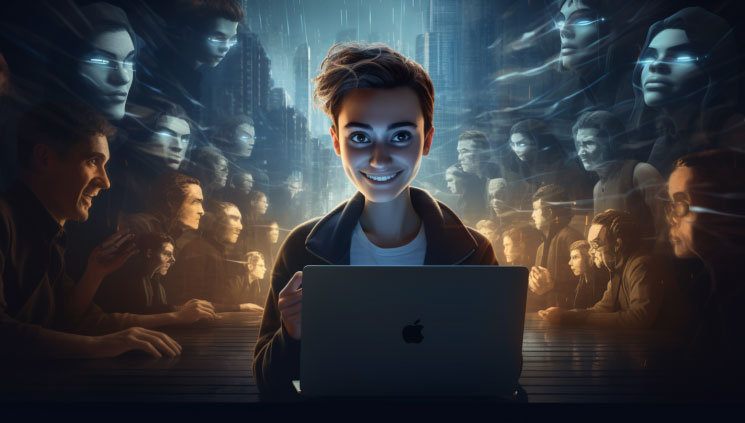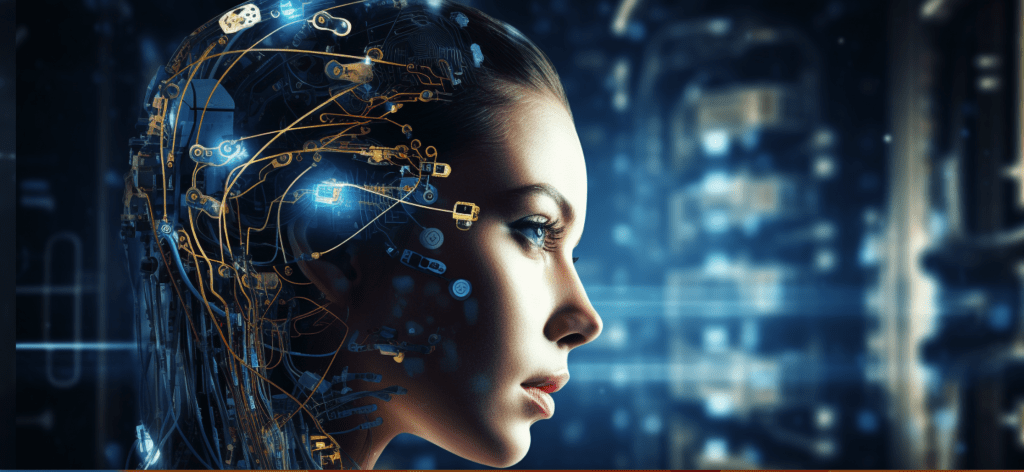
When I first stepped onto a university campus in 2008, the world of academia was a different place. Fast forward to my graduation a few years ago, and while the fundamental process of studying hadn’t changed dramatically, the tools at our disposal had. We still trawled through libraries and online databases, paraphrased and referenced, but a new player had entered the field: artificial intelligence.
This revolution, while exciting, has not been without its challenges. Universities across the globe are grappling with the implications of AI tools like ChatGPT being used by students to complete assignments. In the UK alone, nearly 400 students have been investigated for using AI to cheat on their coursework, affecting up to 40% of all UK universities. The rise in cheating coincides with the boom in AI technology since the start of 2023, which has made AI chat bot technology available to the public on demand, often for free.
Universities are now warning students against using AI to complete their essays, with some considering unauthorized use of AI software a form of cheating under their assessment regulations. Anti-plagiarism software like Turnitin has developed new features that could identify AI-generated essays, but staff remain sceptical about its accuracy. The lack of clear and consistent policies is leaving many students uncertain about how AI tools are viewed at their institutions.

Despite these challenges, I believe that the use of AI in education is inevitable. Just as calculators have become an indispensable tool for complex calculations, AI could become the go-to tool for paraphrasing scientific journals. In our era, the smartest among us are not those who can do something without a machine, but those who can produce results using the machine. The most well-paid professions today are in IT and Data Analysis, fields that heavily rely on machine assistance.
I have developed my unique writing style by combining the styles of the human writers that I admire and the tones of voice that I aspire to have. This formula, a blend of David Sedaris, Jia Tolentino, Kara Swisher, Naomi Klein, Matthew Inman, and Noam Chomsky, with a mix of formal, friendly, sarcastic, authoritative, neutral, reflective, and playful tones, has so far evaded detection by AI detectors.
For some of my purposes, I use this formula in order to keep my text recognisable and consistent throughout:
Jia Tolentino 10%
Kara Swisher 10%
Naomi Klein 10%
Matthew Inman 30%
Noam Chomsky 10%
Formal 25%
Friendly 5%
Sarcastic 10%
Authoritative 25%
Neutral 20%
Reflective 10%
Playful 5%
So, what does this mean for future education? Will we become more tech-dependent and less capable of independent thought? The answer is yes, and I, for one, welcome it. The future of education lies not in resisting AI but in embracing it, in teaching students how to use these tools responsibly and effectively. At AI Boost, we are committed to exploring these new possibilities and evolving alongside the rapidly advancing AI landscape. We believe in the power of AI to revolutionize education and empower students to unlock their full potential.

Beyond the challenges and ethical dilemmas, it’s crucial to recognize the transformative potential of AI tools like ChatGPT in awakening a deeper thirst for knowledge. AI can serve as a powerful catalyst for intellectual curiosity, broadening our horizons and enhancing our capabilities in ways we could only dream of a few years ago.
Imagine a student, struggling to grasp a complex concept. With ChatGPT, they can engage in a dialogue, ask questions, and receive explanations until they understand.
This interactive learning process can foster a more profound understanding and appreciation of the subject matter. It’s like having a personal tutor available 24/7, ready to explain, elaborate, and enlighten.
Moreover, AI can expose students to a wealth of information beyond their immediate curriculum, encouraging interdisciplinary learning and fostering a holistic understanding of the world. It can connect the dots between disparate fields, revealing the interconnectedness of knowledge and inspiring innovative thinking.
With AI, students can focus less on the mechanical process of paraphrasing and more on understanding the underlying concepts. They can spend more time analyzing the information, forming their own opinions, and learning how to apply their knowledge in real-world scenarios. This shift in focus could lead to a deeper, more meaningful learning experience.
Moreover, the use of AI doesn’t mean that students will stop thinking critically. On the contrary, it can enhance critical thinking by providing students with a broader perspective and a wealth of information at their fingertips. It can challenge them to question, to explore, and to think outside the box.
